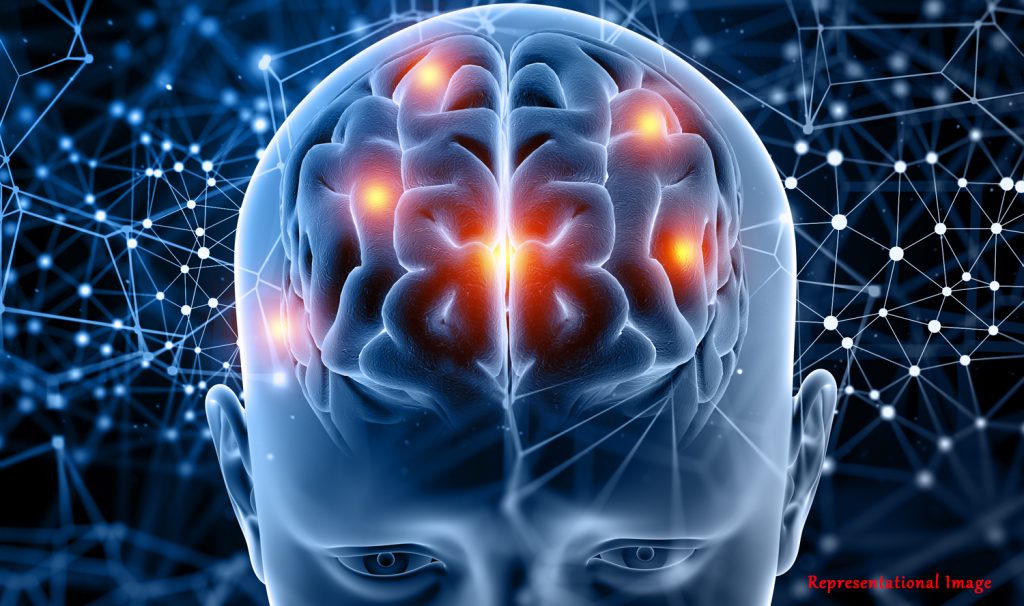
Understanding dynamic brain circuit mechanisms associated with human cognition is gaining lot of attention now a days. Cognition is an important aspect of the brain and shapes how we humans think. A theory is that cognitively demanding tasks depend on working memory. Working memory is a foundational component of information processing and problem solving. The impairment of cognitive control processes associated with working memory lead to psychiatric disorders such as schizophrenia and attention deficit hyperactivity disorder. Thus the focus on working memory related to cognitive processes is very important.
Much progress has been made in identifying brain regions involved in working-memory-related cognitive processes. But the dynamic circuit mechanisms by which it operates are poorly understood. Also, the availability of small sample sizes in previous studies has been a serious limitation and has left the previous studies unclear.
The present study focuses on 3 major concepts:
1. Causal circuits and hubs.
2. Functional controllability of brain circuits.
3. Reproducibility of findings.
For this study, state-space modeling, network science, and control theory, along with a Big Data approach was used.
The first goal of this study was the identification of directed neural circuits underlying cognition during working memory using fast temporal-resolution fMRI data and a large sample of well-characterized healthy young adults.
The theoretical focus of this study was on a triple network model consisting of the salience network (SN), the frontoparietal network (FPN), and the default mode network (DMN) during cognitively demanding tasks.
Multivariate dynamic state-space systems identification (MDSI) was used as a state-space model for estimating context-specific causal interactions in latent neuronal signals. The advantage of MDSI is that it does not require testing of a large number of pre-specified models.
It was hypothesized that causal interaction involving the SN, FPN, and DMN would be dynamically modulated by working-memory load and that directed network interaction would differ between the high- and low-load working memory conditions. It was also predicted that interactions between SN and FPN would increase with load, and dynamic causal interaction between the DMN and SN and FPN would decrease with working memory load. The anterior insula (AI) node of SN was predicted to be a causal outflow hub during working-memory load conditions with significant inflow into FPN and DMN nodes. It was finally hypothesized that the strength of dynamic causal interactions between the SN, FPN, and DMN would predict working-memory performance.
The second major focus of this study was the development and application of control theory to asymmetric causal circuits associated with cognition during working memory. It was predicted that network controllability would depend on working-memory load with lower controllability during high load reflecting less flexibility in network interactions. Participants in the study were presented with a temporal sequence of visual stimuli and were required to respond whether the current stimulus was identical to the one they saw two time-steps back (2-back) or whether the current stimuli matched a known target (0-back). The 2-back condition places considerably higher load on working memory as it involves dynamic updating of the content of working memory.
The third major focus was to leverage the large sample size to determine the stability of findings related to dynamic causal interactions during working memory.
The results of the study were as follows:
1. Performance accuracy was significantly higher in the low-load condition (0-back) compared to the high-load condition (2-back).
2. The anterior insula (AI) is the outflow hub and the middle frontal gyrus (MFG) is the inflow hub during both 2-back and 0-back working memory conditions.
3. Dynamic causal interaction patterns differentiate 2- and 0-back working-memory conditions.
4. Dorsomedial prefrontal cortex (DMPFC) and posterior cingulate cortex (PCC) are dominant load-dependent outflow and inflow nodes respectively.
5. Dynamic casual interaction pattern predict working-memory performance.
6. Network controllability differs between the 2-back and 0-back task conditions.
7. Reproducibility of findings in subsamples: The data was divided into 3 subsets and a complete set of supplemental analyses was performed on each subset.
Prof. Umesh G. Vaidya, from the Department of Mechanical Engineering, Clemson University, gave his views on the paper: “The paper titled “Dynamic causal brain circuits during working memory and their functional controllability,” co-authored by Prof. Ramkrishna Pasumarthy, demonstrates the novel application of advanced tools from system theory to provide insight into the problem of significant interest to neuroscience.

Dr. Weidong Cai 
Dr. Srikanth Ryali 
Prof. Ramkrishna Pasumarthy 
Dr. Viswanath Talasila 
Prof. Vinod Menon
In particular, the authors, which include Dr. Weidong Cai, Clinical Assistant Professor, Psychiatry and Behavioral Sciences, Wu Tsai Neurosciences Institute, Stanford University, Dr. Srikanth Ryali, Senior Research Scientist, Department of Psychiatry and Behavioral Sciences, Stanford University, Prof. Ramkrishna Pasumarthy, Department of Electrical Engineering, Robert Bosch Center of Data Sciences and Artificial Intelligence, IIT Madras, Dr. Viswanath Talasila, Department of Electronics and Telecommunication Engineering, Center for Imaging Technologies, M. S. Ramaiah Institute of Technology, and Prof. Vinod Menon, Department of Neurology and Neurological Sciences, Stanford University School of Medicine, Stanford, use the concept of controllability and system identification to map the functionality of different regions of the brain. In addition, the authors have also used methods from network science, one of the growing areas of research in science and engineering, to identify causal interactions in the brain network circuitry. The work uses actual experimental data in the study. It hence makes for a perfect example for the unification of tools from data science, system theory, and network science to solve the problem of interest to humanity.”
Article by Akshay Anantharaman
Here is the original link to the paper:
https://www.nature.com/articles/s41467-021-23509-x#Abs1










